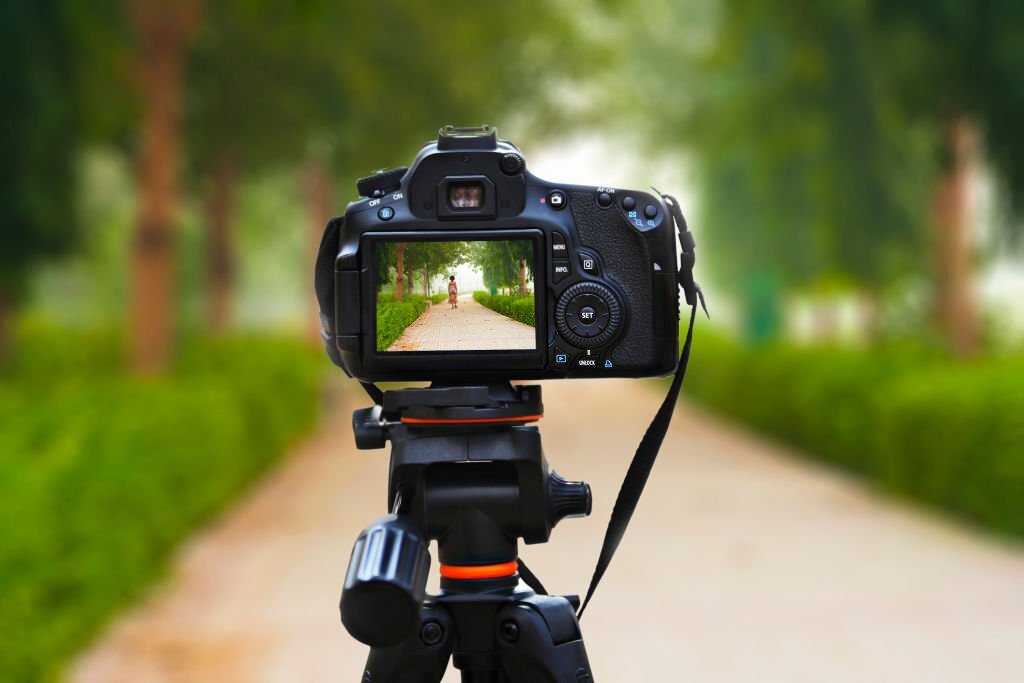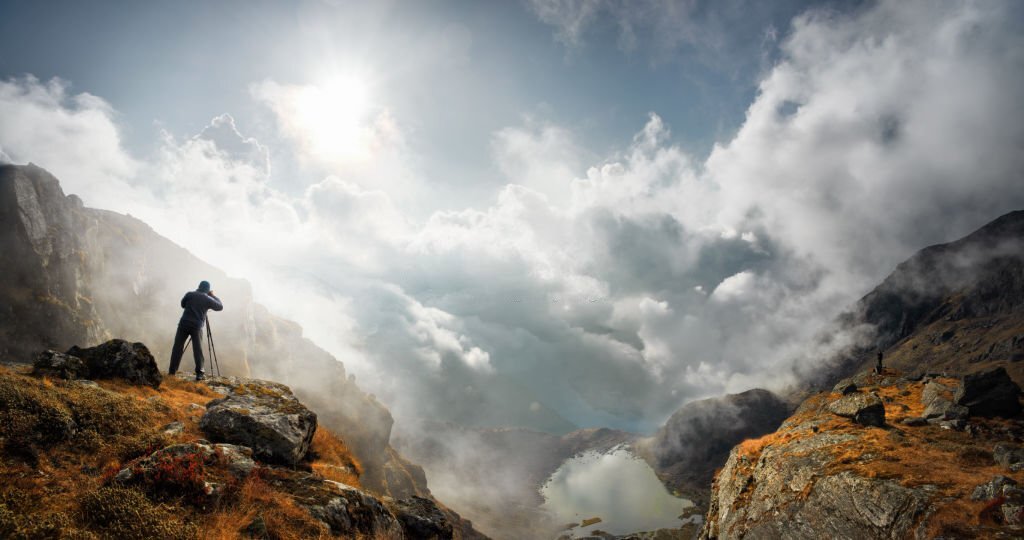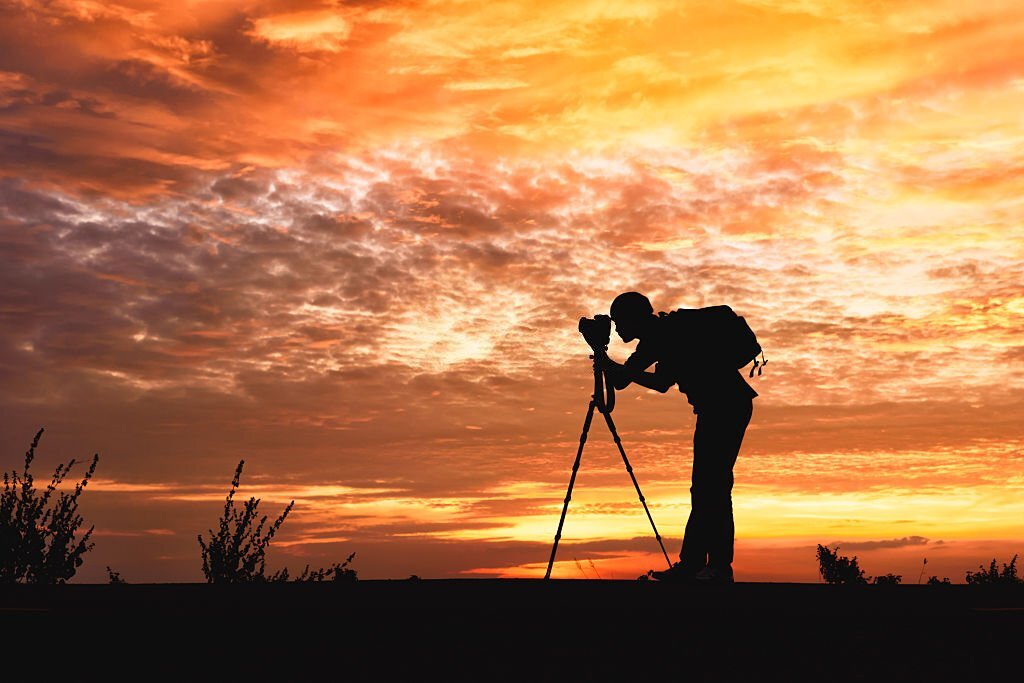Table of Contents
Shocking Truth About Why You Need a Tripod for Your Camera!
Camera technology has seen remarkable advancements, enabling almost anyone to capture decent photos. (Not necessarily exceptional ones – that depends more on factors like composition, lighting, and subject matter.) Yet, amidst these innovations, one unassuming tool stands out for enhancing photography: the tripod. While many view tripods as mere tools for countering camera shake, especially with modern high ISO capabilities and faster shutter speeds, the question arises: Why do we still need tripods?
The Stability Advantage:

Undoubtedly, the most apparent merit of a tripod lies in its ability to stabilize the camera, preventing camera shake during extended exposure times. Holding a camera steady below a 1/60 of a second shutter speed is challenging for most, and avoiding shake becomes near-impossible with exposures lasting seconds, minutes, or even hours. Such scenarios include:
- Night shots
- Star trails
- Fireworks displays
- Moon shots
- Cityscapes
- Capturing vehicle movement with intentional light blurs
- Motion blur for waterfalls, sports action, or ocean waves
- Low light conditions sans flash
Sharper Focus and Precision:

The quest for sharp, well-focused images drives photographers. Tripods play a crucial role in achieving clear focus, especially when using timer delays or remote shutter releases – even pressing the shutter button can introduce shake.
Speaking of timer delays, tripods prove invaluable in creating time-lapse movies. Capturing hundreds or thousands of individual frames at predetermined intervals produces captivating videos of unfolding flowers, shifting clouds, or decaying subjects. The camera must remain steady and in the same position for each frame.
For panoramic or action shots requiring smooth panning, a tripod is indispensable. An ingenious tip involves using a large elastic band on the tripod head arm. Pulling the band while panning minimizes jerky movement, yielding seamless results.
Also read about How Many Legs Does a Tripod Have?
Beyond the Obvious:

Photographers engaged in high dynamic range (HDR) photography depend on tripods for auto bracketing. This technique involves taking multiple identical shots of a subject at various exposures. Post-processing these shots results in striking images where every element is dynamically exposed.
Macro photography enthusiasts can attest to the frustrations of achieving precise focus on minute subjects like insects. Often, an insect’s eyes are sharp while other slightly distant areas remain blurry. Small apertures for extended depth of field necessitate slower shutter speeds – enter the tripod. Specialized sliding bracket attachments allow for meticulous camera adjustments in two dimensions, producing exquisitely focused images.
Unseen Benefits:

Tripods have less obvious applications too. They afford photographers time to compose shots meticulously, rather than instantly capturing handheld snapshots. While spontaneous shots have their appeal, slowing down to fine-tune composition is crucial for creating breathtaking landscapes.
Furthermore, tripods aid in achieving unique camera angles. From low-level shots to capturing scenes from above eye level, a tripod eliminates the need for awkward positions like lying on the ground or using step ladders.
Versatility and Adaptability:

Tripods display remarkable versatility, often doubling as light stands, microphone mounts, or supports for reflectors and flash units. An anecdote even tells of a photographer using a tripod as an improvised defensive tool against an aggressive dog.
Consider a monopod if a full tripod seems cumbersome to carry. Monopods serve as both photography aids and walking sticks, offering similar benefits to tripods. Additionally, compact, foldable tripods that expand to full leg length on demand offer convenience.
In essence, tripods are invaluable companions to camera equipment. Their multifaceted advantages extend beyond stability, aiding photographers in achieving sharper focus, executing creative techniques, and refining composition. So, let’s embrace tripods as indispensable tools that elevate our photography journey.



1 comment
[…] Also read about Shocking Truth About Why You Need a Tripod for Your Camera! […]